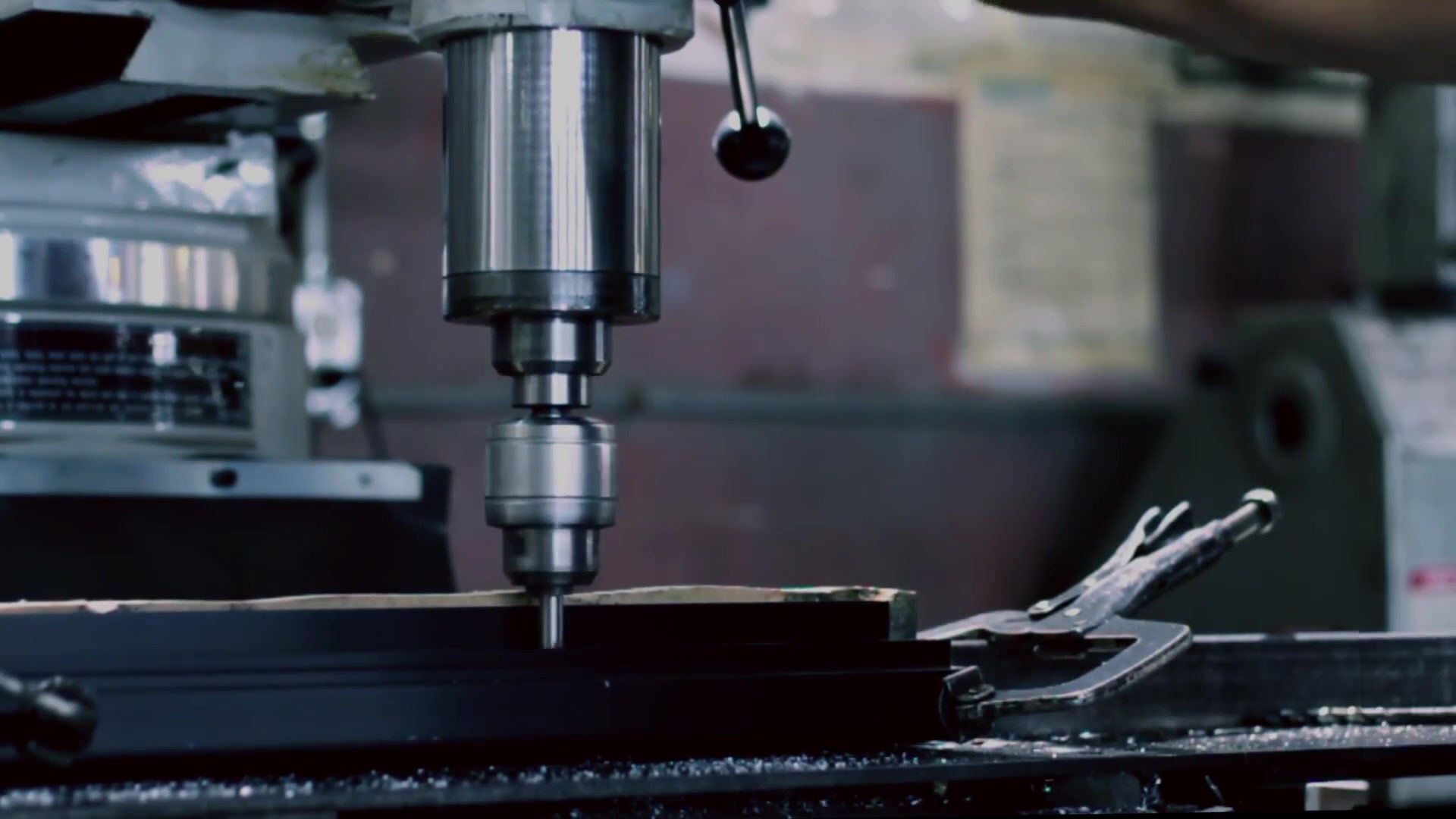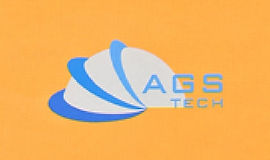


Global Custom Manufacturer, Integrator, Consolidator, Outsourcing Partner for a Wide Variety of Products & Services.
We are your one-stop source for manufacturing, fabrication, engineering, consolidation, integration, outsourcing of custom manufactured and off-shelf products & services. We also private label / white label your products with your brand name if you wish.
Choose your Language
-
Custom Manufacturing of Parts, Components, Assemblies, Finished Products, Machines and Industrial Equipment
-
Domestic & Global Contract Manufacturing
-
Manufacturing Outsourcing
-
Domestic, Global Procurement of Industrial Products
-
Private labeling / White Labeling your Products with your Brand Name
-
Product Finding & Locating Services
-
Global Design and Channel Partnership
-
Engineering Integration
-
Engineering Services
-
Global Consolidation, Warehousing, Logistics
AGS-TECH Inc. offers you power transmission components including Belts & Chains & Cable Drive Assembly. With years of refinement, our rubber, leather and other belt drives have become lighter and more compact, capable of carrying higher loads at lower cost. Similarly, our chain drives have gone through much development over time and they offer our customers several advantages. Some advantages of using chain drives are their relatively unrestricted shaft center distances, compactness, ease of assembly, elasticity in tension without slip or creep, ability to operate in high-temperature environments. Our cable drives also offer advantages such as simplicity in some applications over other types of transmission components. Both off-shelf belt, chain and cable drives as well as custom fabricated and assembled versions are available. We can manufacture these transmission components to the right size for your application and from the most suitable materials.
BELTS & BELT DRIVES:
- Conventional Flat Belts: These are plain flat belts without teeth, grooves or serrations. Flat belt drives offer flexibility, good shock absorption, efficient power transmission at high speeds, abrasion resistance, low cost. Belts can be spliced or connected to make larger belts. Other advantages of conventional flat belts are they are thin, they are not subject to high centrifugal loads (makes them good for high speed operations with small pulleys). On the other hand they impose high bearing loads because flat belts require high tension. Other disadvantages of flat belt drives can be slipping, noisy operation, and relatively lower efficiencies at low and moderate speeds of operation. We have two types of conventional belts: Reinforced and Non-Reinforced. Reinforced belts have a tensile member in their structure. Conventional flat belts are available as leather, rubberized fabric or cord, non-reinforced rubber or plastic, fabric, reinforced leather. Leather belts offer long life, flexibility, excellent coefficient of friction, easy repair. However leather belts are relatively expensive, need belt dressing and cleaning, and depending on the atmosphere they may shrink or stretch. Rubberized fabric or cord belts are resistant to moisture, acid and alkalis. Rubberized fabric belts are made up of plies of cotton or synthetic duck impregnated with rubber and are the most economical. Rubberized cord belts consist of a series of plies of rubber-impregnated cords. Rubberized cord belts offer high tensile strength and modest size and mass. Non-reinforced rubber or plastic belts are fit for light-duty, low-speed drive applications. Non-reinforced rubber and plastic belts can be stretched into place over their pulleys. Plastic non-reinforced belts can transmit higher power as compared to rubber belts. Reinforced leather belts consist of a plastic tensile member sandwiched between leather top and bottom layers. Finally, our fabric belts may consist of a single piece of cotton or duck folded and sewn with rows of longitudinal stitches. Fabric belts are able to track uniformly and operate at high speed.
- Grooved or Serrated Belts (such as V-Belts): These are basic flat belts modified to provide the advantages of another type of transmission product. These are flat belts with a longitudinally ribbed underside. Poly-V belts are longitudinally grooved or serrated flat belt with tensile section and a series of adjacent V-shaped grooves for tracking and compression purposes. Power capacity depends on belt width. V-belt is the workhorse of industry and are available in a variety of standardized sizes and types for transmission of almost any load power. V-belt drives operate well between 1500 to 6000 ft/min, however narrow V-belts will operate up to 10,000 ft/min. V-belt drives offer long life such as 3 to 5 years and allow large speed ratios, they are easy to install and remove, offer quiet operation, low maintenance, good shock absorption between belt driver and driven shafts. V-belts disadvantage is their certain slip and creep and therefore they may not be the best solution where synchronous speeds are required. We have industrial, automotive and agricultural belts. Stocked standard lengths as well as custom lengths of belts are available. All standard V-belt cross sections are available from stock. There are tables where you can calculate unknown parameters such as belt length, belt section (width & thickness) provided you know some parameters of your system such as driving and driven pulley diameters, center distance between pulleys and rotational speeds of the pulleys. You may use such tables or ask us to choose the right V-belt for you.
- Positive Drive Belts (Timing Belt): These belts are also flat type with a series of evenly spaced teeth on the inside circumference. Positive drive or timing belts combine the advantages of flat belts with the positive-grip characteristics of chains and gears. Positive drive belts reveal no slippage or speed variations. A wide range of speed ratios is possible. Bearing loads are low because they can operate at low tension. They are however more susceptible to misalignments in pulleys.
- Pulleys, Sheaves, Hubs for Belts: Different types of pulleys are used with flat, ribbed (serrated) and positive drive belts. We do manufacture them all. Most of our flat belt pulleys are made by casting of iron, but steel versions are also available in various rim and hub combinations. Our flat-belt pulleys may have solid, spoked or split hubs or we can manufacture as you desire. Ribbed and positive-drive belts are available in a variety of stock sizes and widths. At least one pulley in timing-belt drives must be flanged to keep the belt on the drive. For long center drive systems, it is recommended to have both pulleys flanged. Sheaves are the grooved wheels of pulleys and are generally manufactured by iron casting, steel forming or plastic moulding. Steel forming is suitable process to manufacture automotive and agricultural sheaves. We produce sheaves with regular and deep grooves. Deep-groove sheaves are well suitable when V-belt enters the sheave at an angle, such as is the case in quarter-turn drives. Deep grooves are also well suited for vertical-shaft drives and applications where vibration of belts can be a problem. Our idler pulleys are grooved sheaves or flat pulleys that do not serve transmitting mechanical power. Idler pulleys are used mostly for tightening belts.
- Single and Multiple Belt Drives: Single belt drives have a single groove whereas multiple belt drives have multiple grooves.
By clicking the relevant colored text below you can download our catalogs:
CHAINS & CHAIN DRIVES: Our power transmission chains have some advantages such as relatively unrestricted shaft center distances, easy assembly, compactness, elasticity under tension without slip or creep, ability of operation under high temperatures. Here are the major types of our chains:
- Detachable Chains: Our detachable chains are made in a range of sizes, pitch and ultimate strength and generally from malleable iron or steel. Malleable chains are made in a range of sizes from 0.902 (23 mm) to 4.063 inch (103 mm) pitch and ultimate strength from 700 to 17,000 lb/square inch. Our detachable steel chains on the other hand are made in sizes from 0.904 inch (23 mm) to about 3.00 inch (76 mm) in pitch, with ultimate strength from 760 to 5000 lb/square inch.
- Pintle Chains: These chains are used for heavier loads and slightly higher speeds to about 450 feet/min (2.2 m/sec). Pintle chains are made of individual cast links having full, round barrel end with offset sidebars. These chain links are intercoupled with steel pins. These chains range in pitch from about 1.00 inch (25 mm) to 6.00 inch (150 mm) and ultimate strengths between 3600 to 30,000 lb/square inch.
- Offset-Sidebar Chains: These are popular in drive chains of construction machinery. These chains work at speeds to 1000 ft/min and transmit loads to about 250 hp. Generally each link has two offset sidebars, one bushing, one roller, one pin, a cotter pin.
- Roller Chains: They are available in pitches from 0.25 (6 mm) to 3.00 (75 mm) inch. The ultimate strength of single-width roller chains range between 925 to 130,000 lb/square inch. Multiple-width versions of roller chains are available and transmit greater power at higher speeds. Multiple-width roller chains also offer smoother action with reduced noise. Roller chains are assembled from roller links and pin links. Cotter pins are used in detachable version roller chains. The design of roller chain drives requires subject expertise. Whereas belt drives are based on linear speeds, chain drives are based on the rotational speed of the smaller sprocket, which is in most installations the driven member. Besides horsepower ratings and rotational speed, the design of chain drives is based on many other factors.
- Double-Pitch Chains: Basically the same as roller chains except that the pitch is twice as long.
- Inverted Tooth (Silent) Chains: High speed chains used mostly for prime mover, power-takeoff drives. Inverted tooth chain drives can transmit powers up to 1200 hp and are made up of a series of tooth links, alternately assembled with either pins or a combination of joint components. Center-guide chain has guide links to engage grooves in the sprocket, and the side-guide chain has guides to engage the sides of the sprocket.
- Bead or Slider Chains: These chains are used for slow speed drives and also in manual operations.
By clicking the relevant colored text below you can download our catalogs:
- Stainless Steel Roller Chains
- Sprockets: Our standard sprockets conform to ANSI standards. Plate sprockets are flat, hubless sprockets. Our small and medium-size hub sprockets are turned from bar stock or forgings or made by welding a bar-stock hub to a hot-rolled plate. AGS-TECH Inc. can supply sprockets machined from gray-iron castings, cast steel and welded hub constructions, sintered powder metal, molded or machined plastics. For smooth operation at high speeds, proper selection of size of sprockets is essential. Space limitations is of course a factor we cannot ignore when choosing a sprocket. It is recommended that the ratio of driver to driven sprockets should be no more than 6:1, and the chain wrap on the driver is 120 degrees. Center distances between the smaller and larger sprockets, chain lengths and chain tension must also be chosen according to some recommended engineering calculations & guidelines and not randomly.
Download our catalogs by clicking colored text below:
CABLE DRIVES: These have their advantages over belts and chain drives in some cases. Cable drives can accomplish the same function as belts and may also be simpler and more economic to implement in some applications. For example, a new series of Synchromesh Cable Drives are designed for positive traction to replace conventional ropes, simple cables and cog drives, especially in tight spaces. The new cable drive is designed to provide high precision positioning in electronic equipment such as copying machines, plotters, typewriters, printers,….. etc. A key feature of the new cable drive is its ability to be used in 3D serpentine configurations which enable extremely miniature designs. Synchromesh cables can be used with lower tension when compared with ropes thus reducing power consumption. Contact AGS-TECH for questions and opinion on belts, chain and cable drives.


















